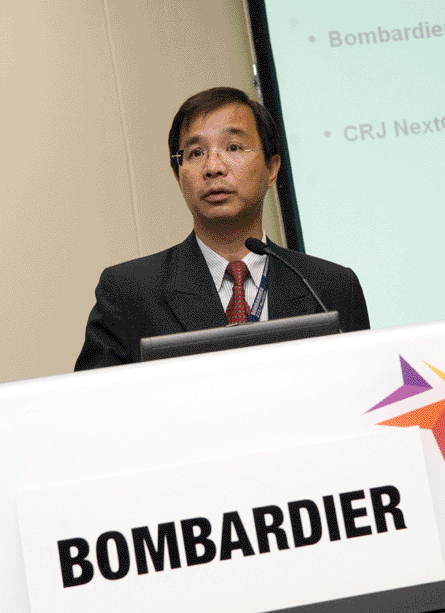Canadian aircraft manufacturer Bombardier sees Asia Pacific as the coming market in the global regional aircraft sector.
Currently Asia Pacific is the second largest intra-regional airline market with a 2006 worldwide capacity share of 27%, second to
“We have to look at the market as it will be, not as it is today,” says Ngo. “Regional aircraft will grow, and grow very fast. We’re bullish because regional capacity its half that of
Bombardier forecasts a worldwide net addition of 5,500 aircraft of up to 149 seats over the next 20 years, and that Asia Pacific and
Ngo says: “There is congestion on major trunk routes in

“We are the market leader in regional aircraft. We have sold more regional jets and turboprop aircraft the world over. We have a healthy backlog of orders which allows us to be competitive. This means airlines can make money has a backlog of 157 CRJs and 113 Q Series aircraft. And it is looking to launch the Q400X, a stretched Q400 offering 90 seats. “The Q400X, if it is launched, would be the largest turboprop available within the past twenty years,” says Ngo.
Bombardier is already involved in
“We see AVIC 1 as becoming one of the major players in the worldwide aviation industry,” says Ngo. “The CSeries will incorporate technology that isn’t available today, whereas the ARJ21 is using the GE CF34, the engine technology, and the technology for everything else will be what is available in 2011-12. The ARJ21 only uses what is available now.”
Asian Aerospace homepage
Source: FlightGlobal.com























